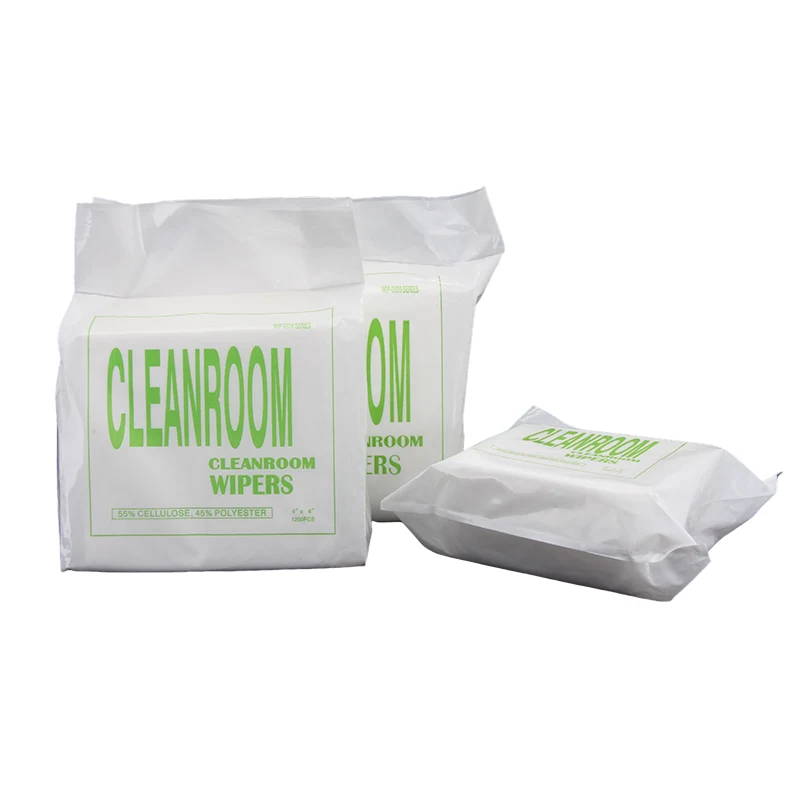- English
- Español
- Português
- русский
- Français
- 日本語
- Deutsch
- tiếng Việt
- Italiano
- Nederlands
- ภาษาไทย
- Polski
- 한국어
- Svenska
- magyar
- Malay
- বাংলা ভাষার
- Dansk
- Suomi
- हिन्दी
- Pilipino
- Türkçe
- Gaeilge
- العربية
- Indonesia
- Norsk
- تمل
- český
- ελληνικά
- український
- Javanese
- فارسی
- தமிழ்
- తెలుగు
- नेपाली
- Burmese
- български
- ລາວ
- Latine
- Қазақша
- Euskal
- Azərbaycan
- Slovenský jazyk
- Македонски
- Lietuvos
- Eesti Keel
- Română
- Slovenski
How to choose the right cleanroom wipe?
2025-03-14
Dust-free cloth is a kind of cleaning and wiping material widely used in electronics, medical, bioengineering, optics and other fields. Compared with traditional rags, dust-free cloth has the advantages of high cleanliness, strong absorbency, and no dust removal when wiped. It can excellently complete the application of removing trace pollutants in dust-free environments (microelectronics, precision machinery, medical equipment and other industries), and is the most effective cleaning tool in dust-free environments.
Material classification of dust-free cloth: dust-free cloth is divided into polyester dust-free cloth, polyester microfiber dust-free cloth (sub-ultrafine), polyester-nylon microfiber dust-free cloth (ultrafine), high shrinkage polyester-nylon microfine dust-free cloth (high density cloth), polyester-nylon microfiber woven dust-free cloth (woven cloth) and Shuoyuan's unique patented blended dust-free cloth (comparable to ultrafine dust-free cloth).
Purification level of dust-free cloth: In different application fields, dust-free workshops have strict grade standards. The cleanliness can be roughly divided into ten grades, one hundred grades, one thousand grades, ten thousand grades, etc. from high to low. Each grade of dust-free workshop should use the same grade of dust-free clean consumables.
Model of dust-free cloth: Under the same conditions, for example, polyester dust-free cloth with model 1009 often derives different subdivision models such as 1009A and 1009B. This is because the dust-free cloth corresponding to each subdivision model has different weights in the knitting process due to different knitting processes, so there will be different subdivision models. The choice of dust-free cloth mainly depends on different usage scenarios.
Size of dust-free cloth: The conventional sizes of dust-free cloth are usually 4 inches, 6 inches, 9 inches and 12 inches, and other sizes can also be customized according to customer needs. Edge sealing process of dust-free cloth: The edge sealing process is divided into four edge sealing processes, namely cold cutting, hot cutting, ultrasonic and laser, and each edge sealing has corresponding process characteristics.





